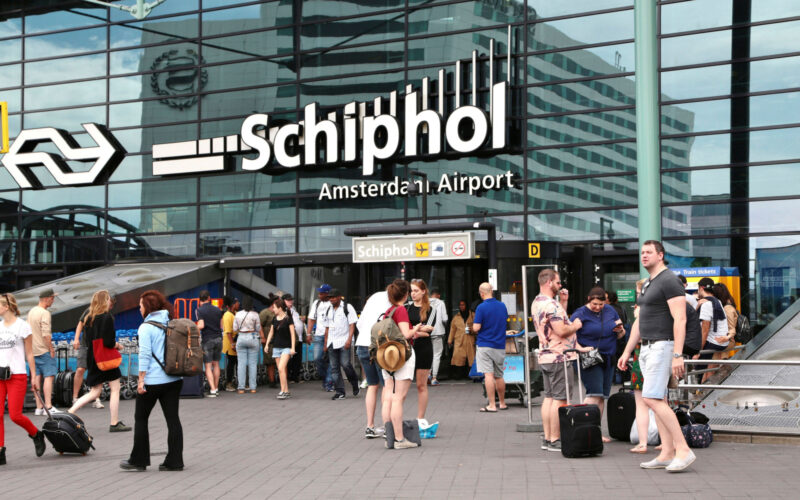Amsterdam’s Schiphol Airport (AMS), one of Europe’s busiest aviation hubs, is facing a significant reduction in its operations following a ruling by the Amsterdam Court of Appeal.
The court sided with the Dutch government, which had previously announced its intention to gradually decrease the number of annual flights from 500,000 to 440,000 by the end of 2024. While there is a possibility of appealing the decision, the affected companies have yet to decide whether they will continue the legal battle.
“We are disappointed about the ruling and are studying it,” KLM Royal Dutch Airlines, the cornerstone airline of Schiphol, reacted. “The court does not specify in concrete terms how an experimental regulation can be applied. As a result, it is currently unclear when, how and in what way the ruling will be implemented and what it means for the number of aircraft movements at Schiphol.”
Schiphol, the main international airport of the Netherlands and one of the busiest airports in Europe, is currently limited to 500,000 flights annually. However, the airport continued to struggle to cope with the demand throughout 2022, notably due to recurring staff shortages and the sudden resumption of traffic, leading to major disruptions.
Thus in June 2022, the Dutch authorities announced they would cut the number of annual flight movements further to 460,000 from November 2023, and 440,000 the next year. Officially, the decision to limit the number of flights was based on concerns regarding noise and air pollution.
In early March 2023, IATA joined a legal action launched by KLM, Delta Air Lines, Corendon, easyJet, and TUI to bring legal action against the government. The airlines are protesting against an “incomprehensible” measure and are convinced of being able to reduce noise and CO2 emissions while maintaining the current number of flights.
In April 2023, Amsterdam Schiphol Airport unveiled additional measures to become “quieter, cleaner, and better,” including a ban on private jet flights, a nightly curfew, and a limit on the operations of the “noisest aircraft.”

